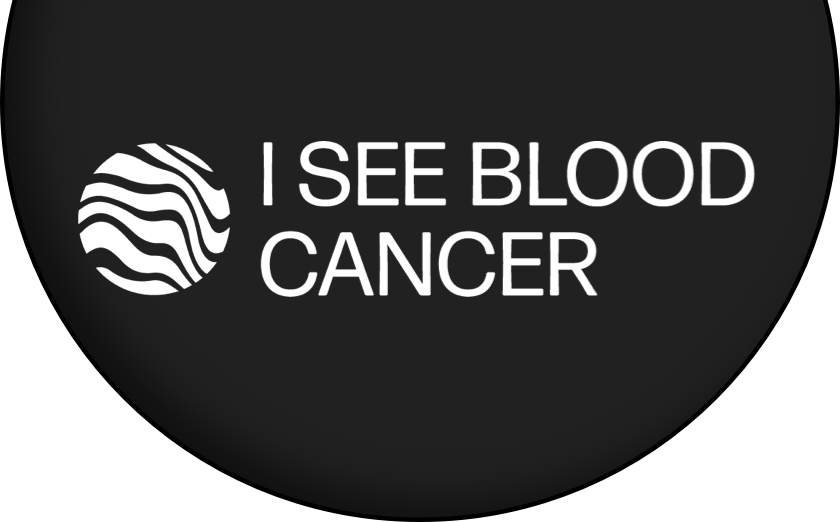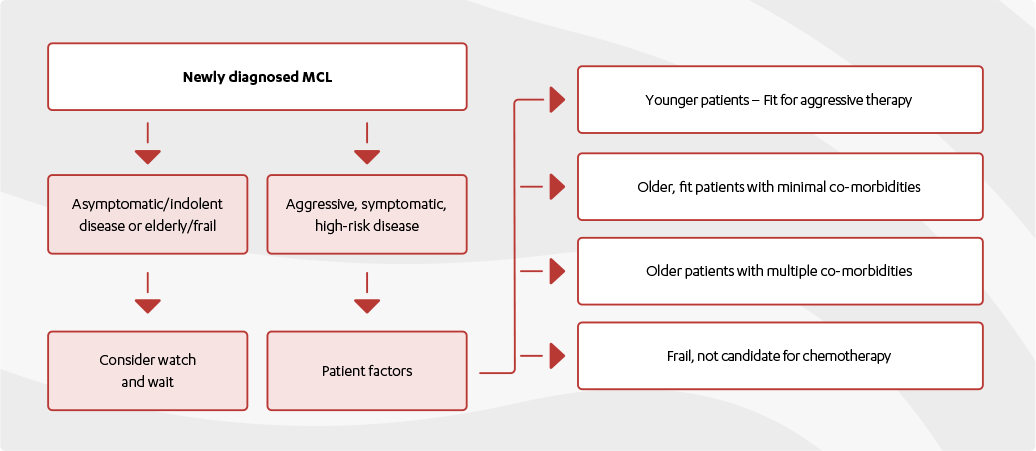 Macroglobulinemia/Lymphoplasmatic Lymphoma outline key clinical and laboratory indications for treatment initiation (Table 2).1"
width="100%" height="300">
Macroglobulinemia/Lymphoplasmatic Lymphoma outline key clinical and laboratory indications for treatment initiation (Table 2).1"
width="100%" height="300">
WHEN TO START TREATMENT
Treatment selection should be directed by the age and overall fitness of your patient, and clinical presentation.1,2
- Studies show that aggressive therapies may be appropriate in younger patients with symptomatic MCL1,2
- A “watch and wait” strategy for patients with asymptomatic, low MIPI or elderly MCL patients should be considered1,2
References:
- Leukemia & Lymphoma Society. Mantle cell lymphoma facts. Available at: https://www.llscanada.org/sites/default/files/National/CANADA/Pdf/InfoBooklets/FS4_MCL_2018_FINAL.pdf. Accessed August 24, 2021.
- Referenced with permission from the NCCN Clinical Practice Guidelines in Oncology (NCCN Guidelines®) for B-Cell Lymphomas V.1.2022 – March 2, 2022. © National Comprehensive Cancer Network, Inc. 2022. All rights reserved. Accessed March 4, 2022. To view the most recent and complete version of the guideline, go online to NCCN.org. NCCN makes no warranties of any kind whatsoever regarding their content, use or application and disclaims any responsibility for their application or use in any way.
- Vose JM. Mantle cell lymphoma: 2017 update on diagnosis, risk-stratification, and clinical management. Am J Hematol 2017;92:806–13.


 Macroglobulinemia/Lymphoplasmatic Lymphoma outline key clinical and laboratory indications for treatment initiation (Table 2).1"
width="100%" height="983">
Macroglobulinemia/Lymphoplasmatic Lymphoma outline key clinical and laboratory indications for treatment initiation (Table 2).1"
width="100%" height="983">
